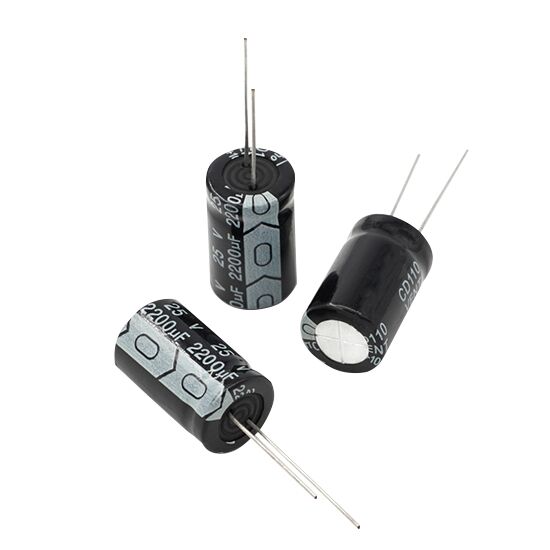Electrolytic Capacitor Basics: Features, Functions and Advantages
Thu, Jun 16 by ATO.com
Electrolytic capacitor is a kind of capacitor, the metal foil is the positive electrode (aluminum or tantalum), the oxide film (aluminum oxide or tantalum pentoxide) that is close to the positive electrode is the dielectric, and the cathode is made of conductive material, electrolyte (the electrolyte can be liquid or Solid) and other materials together, because the electrolyte is the main part of the cathode, so the electrolytic capacitor is named. At the same time, the positive and negative electrolytic capacitors should not be wrongly connected.
Features of electrolytic capacitor
- The capacitance per unit volume is very large, tens to hundreds of times larger than other types of capacitance.

- The rated capacity can be very large, and can easily achieve tens of thousands of μf or even a few f (but cannot be compared with the electric double layer capacitance).
- The price has an overwhelming advantage over other types, because the components of electrolytic capacitors are all common industrial materials, such as aluminum and so on. The equipment for manufacturing electrolytic capacitors are also common industrial equipment, which can be mass-produced with relatively low cost.
The functions of electrolytic capacitor
- The first function is to put it in the circuit to block DC, which can be used as a DC switch, that is, when the DC is coming, it is approximately regarded as an open circuit, and when the AC is coming, it is approximately regarded as a closed circuit.
- The second function is that in the design of the switching power supply circuit, after the rectifier circuit comes out, a large-capacity electrolytic capacitor should be connected, which can make the pulsating DC voltage very stable, and the harmful AC components are introduced to the ground.
- The third role is the role of mutual coupling. Generally, it is connected between the two-stage circuits of low-frequency signal transmission and amplification, which can prevent the two static operating points from interfering with each other, and only allow the AC signal to pass.
- The fourth function is the function of bypass, which provides a low-impedance return path for some components in the AC circuit.
- The fifth function is the function of storing energy, which is used to release the required current in a specific situation.
- The sixth function is to adjust the resonant frequency, such as radio circuits and LC crystal oscillator circuits.
Advantages of electrolytic capacitor
- For high capacitance values.
- For low frequency applications.
Disadvantages of electrolytic capacitor
- Care must be taken to ensure that the capacitors are calibrated with the correct terminals.
- Reverse voltage may damage the capacitor.
- Easily affected by temperature changes.
- Capacitor size increases when capacitors are used in combination with non-electrolytes.

